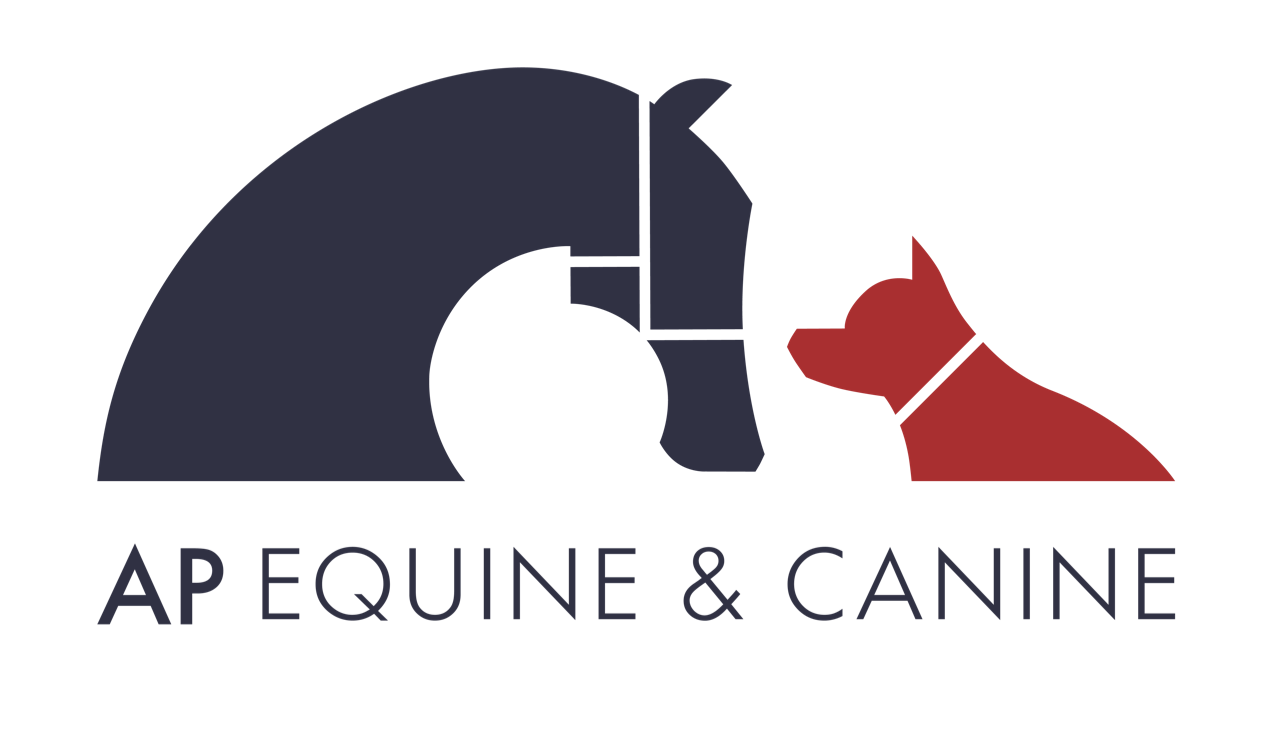SERRATUS VENTRALIS CERVICIS (SVC)
🐎 SERRATUS VENTRALIS CERVICIS (SVC)🐎
The SVC is one part of the Serratus Ventralis muscle. It is the section of the muscle that is located in the neck as the name would suggest (Cervicis i.e Cervical Vertebrae). The second portion; the Serratus Ventralis Thoracic will be discussed in next weeks post.
L O C A T I O N :
📌 Starts mid neck and attaches behind the shoulder blade.
( C4- 7 ------> Medial Aspect of the scapula cartilage)
R O L E :
• Draws the the scapula forwards and up.
• Extends and laterally flexes the neck when the limb is weight baring.
• Is part of the “Thoracic Sling” which suspends the horses chest cavity.
D Y S F U N C T I O N :
Main Causes: Injury/strain through poor schooling, conformational traits, chronic lameness, tack and rider influence.
Some Examples:
• Schooling/Conformation:
Horses that school or adopt a high head carriage predispose this muscle to over work. When the neck is held too high the horses nuchal ligament (which acts as a suspension rope for the head, neck and back) becomes slack meaning that the SVC has to work overtime to maintain the head carriage thus, increasing the strain on the muscle.
Tack:
Ill fitting saddles that restrict shoulder movement (i.e too tight) prevent the scapula (shoulder blade) from moving back through direct restriction and/or pain. In such cases horses may overly recruit the SVC to prevent the scapula moving back in response to the pain. This adaptation in time overworks and places the SVC under strain.
• Rider Influence:
Asymmetrical rider posture can cause uneven weight to be put through the stirrups. This creates uneven forces under the saddle that overtime could restrict shoulder movement and influence the SVC in the manor discussed above.
S Y M P T O M S O F P A I N :
• Restricted stride length of the forelimb and lack of ground “travel”.
• Reduced shoulder extension and flexion.
• High head carriage with reluctance to lower neck when standing.
Note: Not all symptoms may be present at once.
Any Questions Welcome ☺️
⏭Next week: Serratus Ventralis Thoracic.
Equine Serratus Ventralis Cervicis

